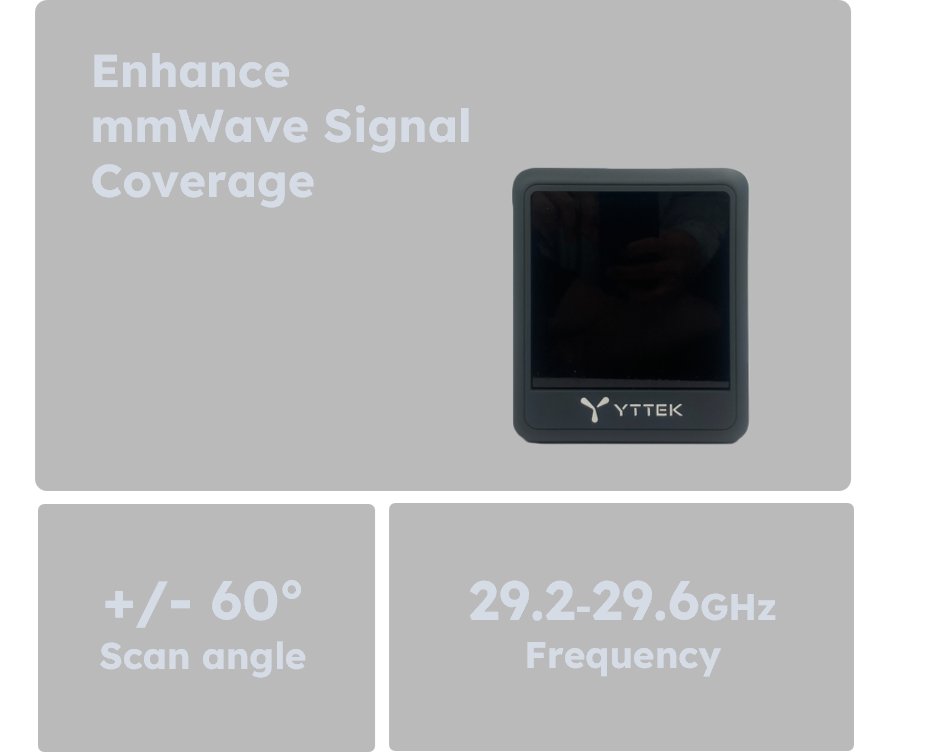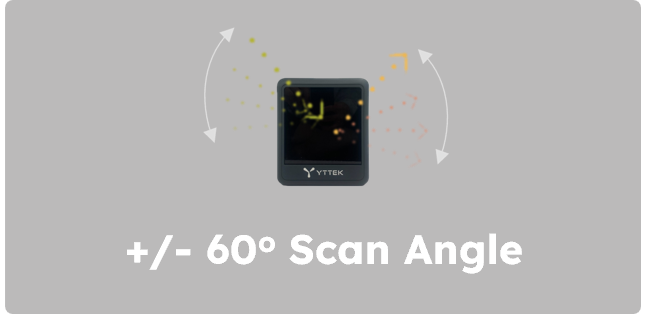About EcoRIS Lite
Setting various coding on EcoRIS Lite to manipulate electromagnetic waves, generating beams of diverse configurations through reflective mechanisms, thus facilitating the dynamic modulation of electromagnetic wave propagation. The astute reconfiguration of wireless propagation environments serves to amplify both the capacity and coverage of wireless networks, presenting a viable avenue for extending the reach of indoor signal ranges.
Features
Reduce coverage blind spots
Liquid crystal
Physical layer-assisted secure communication
What is Reconfigurable Intelligent Surface (RIS)
EcoRIS Lite
A Reconfigurable Intelligent Surface (RIS), is a novel technology in the field of wireless communications and signal processing. It involves deploying a planar array of passive elements, such as antennas or metamaterial-based units, that can be electronically controlled to manipulate the characteristics of wireless signals in real-time.
Liquid Crystal Reconfigurable Intelligent Surface

Improve the coverage and signal strength in areas with poor reception
Manage interference and mitigate signal blockages. By shaping the reflected signals, it’s possible to create nulls or reduce unwanted signal interference in certain directions.
Add a layer of security and privacy to wireless communications. By dynamically changing the signal’s propagation characteristics, it can make it more challenging for eavesdroppers to intercept or decode the transmitted information.
By optimizing signal paths, RIS can potentially reduce the power needed for communication. This is especially relevant for battery-constrained devices.
Improve spectral efficiency by optimizing the use of available frequency bands.
Enable advanced beamforming techniques that allow the creation of customized signal patterns for specific users or areas.
1.Enhance edge coverage 2.Interference Management 3.Privacy and Security 4.Energy Efficiency 5.Spectrum Efficiency 6.Beamforming
Why RIS?
Large number “small-cell” base stations
Replace some small-cell base stations with “Active Repeater”
Reconfigurable Intelligent Surface
| Dimension | 12 x 13 cm2 | Larger area: Tile-like stitching. |
| Number of Elements of single panel | 20 x 20 | |
| Element Spacing | λ/2 | |
| Operation Frequency | 29.2~29.6 GHz | |
| Bandwidth | 400 MHz | |
| Polarization | Linear | |
| Scan Angle | ±60° | |
| Liquid Crystal Driving | 0~8V (11-Bits) | |
| Phase Range | 180° | |
| Reflection Coefficient | >-19 dB | |
| Power Consumption | 3.5W (typ.) | Including driving board. |






